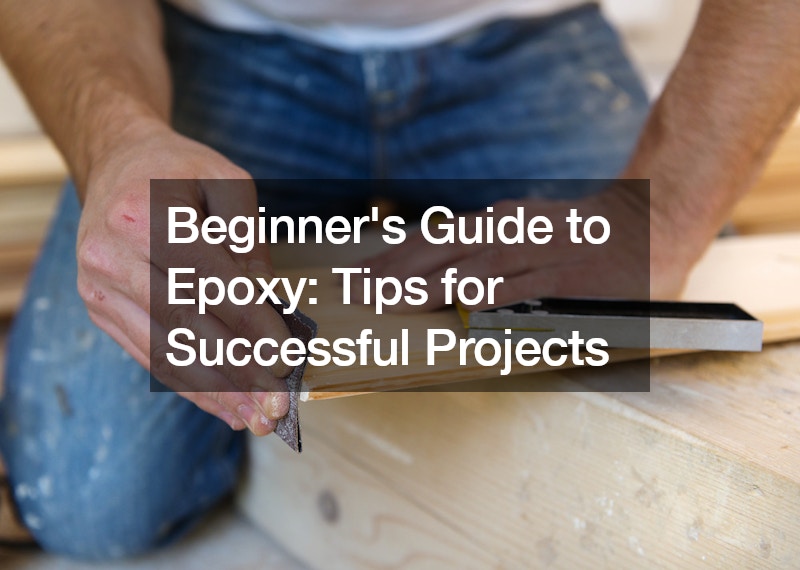Working with epoxy can be incredibly rewarding, whether you’re a DIY enthusiast or a professional. Epoxy projects, from river tables to epoxy flooring, can transform spaces and create stunning, durable surfaces. However, getting started with epoxy can be daunting. This beginner’s guide will provide you with essential tips and tricks to ensure your epoxy projects are successful.
How to Pick the Right Epoxy
Not all epoxies are created equal. Choosing the right epoxy for your project is crucial. For example, if you’re working on a river pour, you want a crystal-clear epoxy that is ideal for casting. Look for an epoxy with low odor and one that’s suitable for indoor use. It’s also essential to understand the mix ratio, work time, cure time, and set-to-touch time. Additionally, familiarize yourself with the shop temperature requirements for the epoxy you’re using, as this can significantly impact the curing process.
How to Calculate How Much Epoxy You Need
Calculating the correct amount of epoxy is crucial to avoid running short in the middle of your project. First, measure the length of your pour. Then, measure the average width of the river by taking measurements every six inches. Always measure the widest part of the live edge to ensure you have enough epoxy. Next, measure the thickness of your pour. Multiply the length by the average width and thickness, then divide by 61. This calculation will give you the total liters needed. It’s a good practice to mix an additional 10% to account for any voids or gaps.
How Much Pigment to Use
Adding pigments to epoxy can create beautiful effects, but it’s important to get the amount right. For a light or translucent pour, add 1/16 or 1/8 teaspoon of pigment per liter. For a medium opacity, add 1/4 teaspoon per liter, which allows some visibility into the epoxy. For an opaque pour, use 1/2 teaspoon per liter. Always start with less pigment than you think you need; you can add more if necessary, but you can’t remove it once it’s mixed in.
When to Swirl
Swirling epoxy can create stunning visual effects, but timing is key. The best time to swirl depends on the volume and depth of the pour and the shop temperature. Deeper pours at higher volumes cure faster. Warmer shop temperatures also speed up curing, while cooler temperatures slow it down. Generally, you want to swirl when the epoxy is in a gel state, not too thin. For an average pour, this is around the 18-hour mark. However, this can vary, so keep an eye on the consistency of the epoxy.
After the Cure
Once your epoxy has cured, it’s time to process your piece. For small and medium-sized pieces, like cutting boards or coffee tables, use a planer to level them out. For larger pieces, a CNC machine is ideal. If you don’t have access to a CNC, a wide belt sander is a good alternative. For DIY enthusiasts, building a router sled can be a great option for large pieces. For small epoxy fills, an orbital sander or belt sander is sufficient.
By following these tips, you can achieve professional-looking results with your epoxy projects. Whether you’re creating river tables, enhancing surfaces with epoxy flooring, or experimenting with pigments and swirls, understanding the basics will help you succeed. Happy crafting!
.






